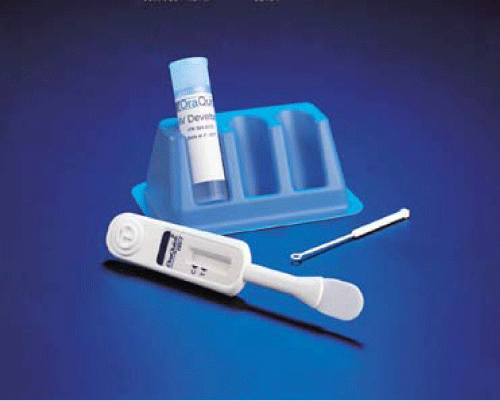
Editorial
Austin J HIV/AIDS Res. 2014;1(1): 2.
The Strategic use of Paraprofessionals and Rapid Testing Technology to Promulgate Widespread HIV Testing
Henry Anaya*
Department of Veterans Affairs, V.A. West Los Angeles Healthcare Center, USA
*Corresponding author: Henry Anaya, Department of Veterans Affairs, V.A. West Los Angeles Healthcare Center, USA
Received: May 12, 2014; Accepted: May 14, 2014; Published: May 16, 2014
Editorial
The human immunodeficiency virus (HIV) is still a major health concern in the United States and globally, contrary to 30+ years of intensive focuses on eradication. There is now evidence that previously reported annual US infection rates have been significantly underrepresented. The Centers for Disease Control and Prevention (CDC) and other organizations now recommend routine HIV testing for everyone 18–64 years of age, at least once, lifetime. These recommendations take into account CDCs newest estimates which are 40% higher than previously reported, more accurately reflecting the true incidence of annual HIV infection (7g 50,000 new cases annually).
Given these continuing high infection numbers, additional strategies to increased testing and identification of HIV–positives are necessary to mitigate further spread.
Two combined approaches could hold great promise in this regard, especially in non–traditional HIV testing settings (e.g., homeless shelters, community outreach settings) where HIV risk factors are higher. These are HIV rapid testing combined with the paraprofessional community health worker (or promatora) model of healthcare delivery.
HIV Rapid Testing
Lack of return for test results has been shown to be a significant contributor to the HIV epidemic. In a recent study, almost 1⁄3 who tested HIV–positive did not return for results. This unawareness on the part of so many infected individuals has staggering implications for the spread of the HIV epidemic, for as CDC data suggest, those unaware of their HIV–positive status are 3.5 times more likely to infect others than those who are aware of their HIV status.
One factor that negatively impacts further uptake of HIV testing is the testing method itself. Conventional testing requires a twostep process of venipuncture and laboratory analysis, necessitating a future return for results. According to one study, 30% of the general population who tested positive did not return for results.
To address these barriers, same–day HIV rapid testing (RT) has been used in a variety of settings to increase screening opportunities. The rapid test does not require venipuncture, nor complicated laboratory analysis. All that is required is a saliva swab which, when placed into a chemical solution, provides highly accurate results (statistically equivalent to venipuncture testing) in approximately 20 minutes, obviating the need for a return visit. Many studies have provided evidence as to the feasibility and acceptability of HIV rapid testing when compared with traditional venipuncture–based HIV testing.
Use of Paraprofessionals in Non–Traditional HIV Testing Settings
As the use of HIV rapid testing becomes widespread and the variety of domains expands so will the need for increased staffing. Given the ease of use of the rapid test, using paraprofessionals to administer tests is a cost–effective means of meeting the need for broader testing, particularly in resource–limited settings, such as developing countries where the HIV epidemic is rampant and highly trained healthcare professionals may be scarce. Under such conditions, paraprofessionals can be charged with detection, freeing higher trained healthcare staff to deliver long–term HIV care.
The Community Health Worker (Promatora) Model
The promatora community health worker model is based on previous research and interventions that have established its validity. The use of promatora began in Mexico to help provide medical care and education to marginalized and rural communities. From there, the promatora model spread to other Latin American countries. While it had been used in Latin America for decades, it did not gain attention in the US until the mid–1960s. Examples in the United States of successful promatora models are the Navajo Community Health Representatives and the migrant farm worker programs of the 1950s and 1960s, respectively. Internationally, the World Health Organization (WHO) has also promoted the use of community health workers as a key strategy for the delivery of basic healthcare services.
Figure 1:
Promatoras are effective disseminators of information, and act as the bridge between governmental and non–governmental systems and the communities they serve. Community health workers also act as change agents within their social networks.
Promatora services are delivered through a combination of home visits and community gatherings. These services offer a variety of health promotion strategies that impact knowledge, attitudes, and practices on a community level. Promatoras go where people congregate. This could be places like health fairs, church and neighborhood meetings, factories, Laundromats, gas stations, and grocery stores.
Given their trusted community status, and given the significant advantages that HIV rapid testing provides, training community health workers in the administration of point–of–care HIV testing will be a difficult combination to beat when it comes to increasing HIV testing in non–clinic community settings.
